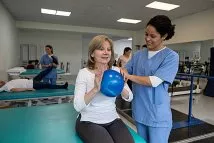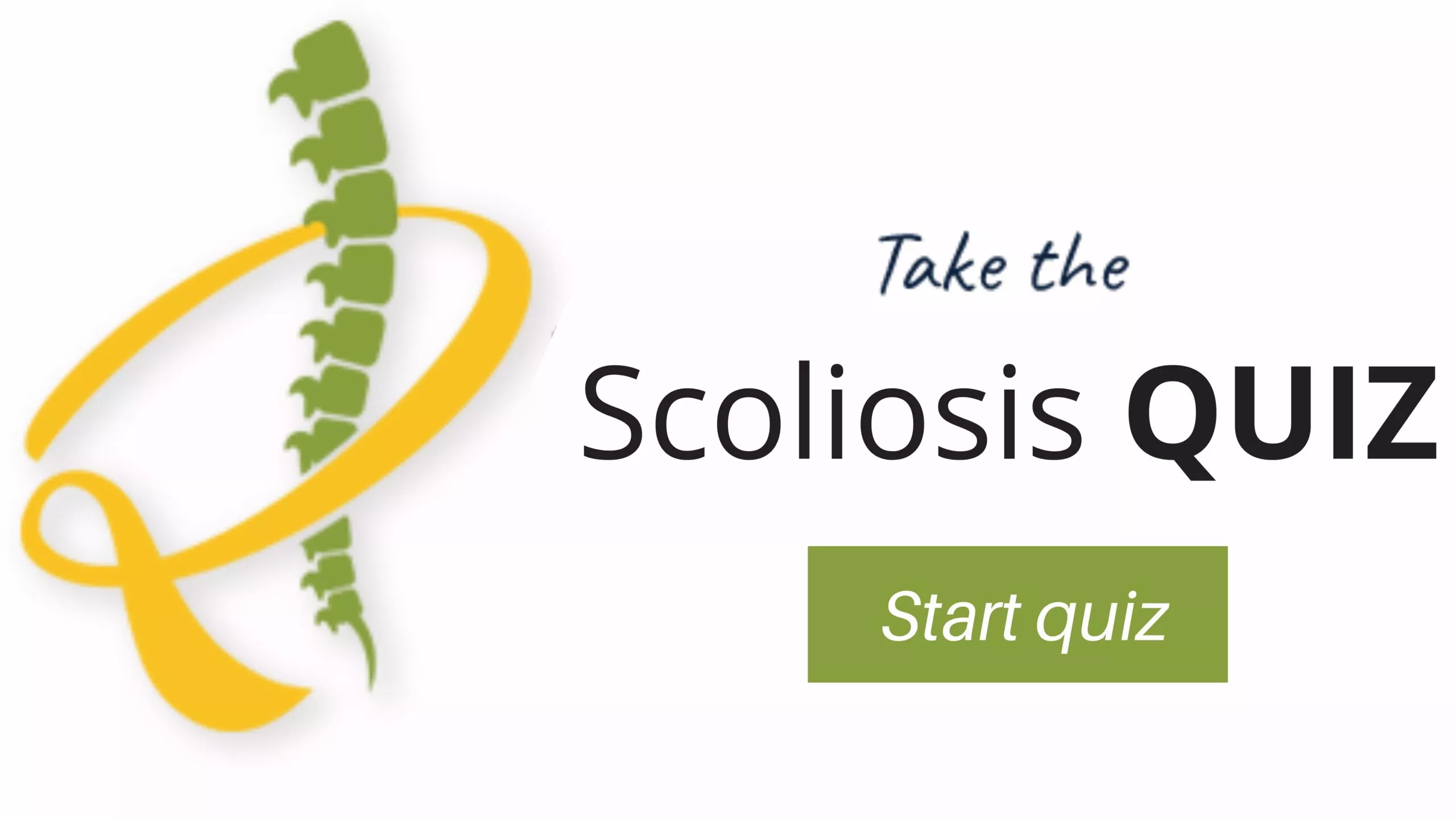After Spine Surgery
After your surgery, you will be cared for and evaluated many, many times each 24 hour period to ensure that you recover quickly and are healthy enough to go home. Now, the road to recovery begins. The immediate post-operative period is characterized by a focus on pain management and wound healing. Patients are closely monitored in the hospital to ensure their stability and to detect any potential complications. Once discharged, the recovery process continues at home. Patients are provided with specific guidelines regarding physical activity, restrictions on lifting or bending, and instructions for wound care. Physical therapy and rehabilitation is important. Over time, as the body heals, patients gradually regain their strength and experience a reduction in pain. It is important to follow the post-operative instructions, attend follow-up appointments, and have open communication with our healthcare team to ensure a successful recovery after spine surgery.
Incision Care
You may remove your dressing the day you go home. Your surgeon will tell you whether you should apply a new dressing daily. Often, the dressing acts as a cushion to prevent clothing from rubbing and irritating your wound. Also, it’s normal to experience some numbness, tingling, and sensitivity around your incision; this will resolve in time.
Please follow these instructions to keep your incision clean and infection-free:
Questions and Answers
How long will it take to recover after spine surgery?
The recovery time after spine surgery varies depending on the type and complexity of the procedure, as well as individual factors such as overall health and adherence to rehabilitation guidelines. In general, it can take several weeks to months for the initial recovery. However, complete recovery and return to normal activities may take several months to a year. Your surgeon will provide you with specific guidelines based on your condition and surgery.
What precautions should I take during the recovery period?
Post-operative care and precautions become crucial for a successful recovery after spine surgery. Your surgeon will provide you with specific instructions, but some common precautions may include:
- Avoiding heavy lifting, bending, or twisting for a certain period.
- Following a prescribed exercise and physical therapy program to strengthen the muscles around the spine and improve flexibility.
- Wearing any braces or supports as directed.
- Maintaining good posture and body mechanics while sitting, standing, and lifting.
- Avoiding smoking and maintaining a healthy diet to promote healing.
When can I expect to see improvements in my symptoms?
The timeframe for symptom improvement can vary depending on the underlying condition, the extent of surgery, and individual factors. Some patients experience immediate relief of certain symptoms, while others may take time to notice improvements. The patient should have realistic expectations and understand that the healing process takes time. Your surgeon will monitor your progress and guide you through the expected timeline for symptom improvement.
PLEASE DO:
- Wear a clean shirt or another clean garment over the incision and change at least once a day
- Check your incision at least once daily for the first three weeks for signs of infection, including:
– Increased warmth or redness
– Swelling or discharge
– Unexplained, increasing pain not relieved by bed rest or local application of ice
DO NOT DO:
- Shower and wash with mild, fragrance-free soap (Dial antibacterial, Ivory, etc.); pat dry gently
- Leave the Steri-Strips (adhesive tape) over your incision for 12 to 14 days. If they fall off naturally, it’s okay, but don’t pull or tug on them
- If you have staples, make an appointment to have them removed per your surgeon’s recommendation after surgery:
Apply creams, ointments or lotions to the incision for at least eight weeks - Submerge in water until you receive the okay from your physician at your follow-up visit
- Use a heating pad on your back or incision; you may burn your skin without realizing it due to the decreased feeling in the area
- Expose your incision to direct sunlight until it has faded in color to maintain good cosmetic closure of the wound; if your scar will be exposed to the sun, use a high SPF sunblock
Brace Instructions
Depending on the type of spinal fusion, you may be given a brace to be used after surgery. Furthermore, the brace provides comfort and security and helps to decrease muscle strain. It also reminds patients to be mindful of their posture and new spine position.
INSTRUCTIONS FOR BRACE USAGE:
For the first 8 to 12 weeks, wear your brace when you are
- Up for extended periods of time
- Leaving the house and/or riding in a car
- At physical therapy
- You do not need to wear your brace when you are in bed, in a reclining chair, getting up to go to the bathroom or just moving around the house. The brace is to provide support and to remind you not to bend at the waist.
- Wear your brace for physical therapy. If at any time you feel the brace is putting you in an uncomfortable position or not fitting properly, contact our office.
Supplements to Start Taking
In addition to any prescribed medications, you should begin taking these over-the-counter supplements:
- Vitamin D3 and calcium (such as Caltrate) to help promote a successful fusion
- A stool softener and fiber supplement to help prevent constipation
- Multivitamin
Bone Stimulator
Our doctors may recommend a bone stimulator to help assist with the bone fusion process. Your doctor will give this to you at your first postoperative follow-up visit or mailed to you with instructions for use.
Activity During the First Month
Soreness, stiffness, and fatigue are all common after surgery and will naturally limit your activity at first. Let pain be your guide. Several weeks post-op, however, you will become more active and gradually return to your normal activities. Also, your goal in the first few weeks is to regain basic movements.
GUIDELINES FOR ACTIVITY:
- Begin walking in the house and progress to outdoors
- Increase your time and distance daily; if you feel soreness, reduce the distance and rest
- Walk as much as possible with a goal of walking 30 minutes continuously every day
- It’s okay to:
– Ride (as a passenger) in a car or take public transportation, but avoid sitting for long periods – Climb stairs
DO NOT:
- Lift more than 10 pounds
- Lift objects above shoulder level
- Sit for long periods of time
- Twist, bend, push, stoop and strain for the first eight to 12 weeks as it may increase pain and muscle spasms; this means no housework or yard work, including – Gardening, mowing, vacuuming, ironing, and loading and unloading the dishwasher, washer, or dryer
- Perform high-impact activities such as running, horseback riding, or any radical side-to-side motions until cleared by your surgeon
Use the techniques that you were taught in the hospital to compensate for these restrictions and to help with reaching and lifting.
Soreness, stiffness, and fatigue are all common after surgery and will naturally limit your activity at first. Let pain be your guide. Several weeks post-op, however, you will become more active and gradually return to your normal activities. Your goal in the first few weeks is to regain basic movements.
GUIDELINES FOR ACTIVITY:
- Begin walking in the house and progress to outdoors
- Increase your time and distance daily; if you feel soreness, reduce the distance and rest
- Walk as much as possible with a goal of walking 30 minutes continuously every day
- It’s okay to:
– Ride (as a passenger) in a car or take public transportation, but avoid sitting for long periods – Climb stairs
DO NOT:
- Lift more than 10 pounds
- Lift objects above shoulder level
- Sit for long periods of time
- Twist, bend, push, stoop and strain for the first eight to 12 weeks as it may increase pain and muscle spasms; this means no housework or yard work, including – Gardening, mowing, vacuuming, ironing, and loading and unloading the dishwasher, washer, or dryer
- Perform high-impact activities such as running, horseback riding, or any radical side-to-side motions until cleared by your surgeon
Use the techniques that you were taught in the hospital to compensate for these restrictions and to help with reaching and lifting.
Physical Therapy after Spine Surgery
 Physical therapy is typically started after your body and muscles have healed from surgery; which takes a different amount of time for each person. We will release you for physical therapy when you are ready. This may be at your first or second postoperative visit, depending on your progress. Physical therapy typically begins three to four months after surgery and usually lasts six to 12 weeks. Spinal deformity surgery requires significant retraction of spinal muscles. After surgery, these muscles will need time to accommodate the new spinal position. Both of these situations will cause muscles to get inflamed, causing frequent muscle spasms.
Physical therapy is typically started after your body and muscles have healed from surgery; which takes a different amount of time for each person. We will release you for physical therapy when you are ready. This may be at your first or second postoperative visit, depending on your progress. Physical therapy typically begins three to four months after surgery and usually lasts six to 12 weeks. Spinal deformity surgery requires significant retraction of spinal muscles. After surgery, these muscles will need time to accommodate the new spinal position. Both of these situations will cause muscles to get inflamed, causing frequent muscle spasms.
Physical therapy helps strengthen, coordinate, and balance those weak and painful muscles. Patients should know that beginning physical therapy may cause a recurrence of pain and weakness. Therefore, we recommend that you do not stop taking muscle relaxers, even if you think they are not helping. Do not get discouraged if you have occasional symptom flare-ups. This is normal. Flare-ups are bound to occur during this phase because your body has not fully healed.
Physical therapy will teach you activities that help maintain good posture and don’t twist the spine.
Other activities recommended three months post-op are:
- Yoga
- Pilates
- Core strengthening
- Strength training
- Walking
- Swimming
You should plan to continue a core strengthening program for life as it will keep your muscles strong to support your spine. You can increase activities and strength training as you recover from surgery. At around six months post-op, you may be able to participate in almost all activities. Swimming and Pilates are among the best workouts because they will not jar the spine.
Southwest Scoliosis and Spine Institute
The Southwest Scoliosis and Spine Institute is known as the Dallas Metroplex and the North Texas premier Scoliosis and spine practice. Also, our doctors, who have offices in Dallas, Plano, and Frisco, Texas, believe that our patients always have questions and invite our patients to call the office to get them answered. We have a large staff that can answer most questions, but the doctors are readily available. Therefore, If you have any additional questions, please call us.
If you or a loved one suffers from spinal pain, you owe it to yourself to call Southwest Scoliosis and Spine Institute at 214-556-0555 to make an appointment.


